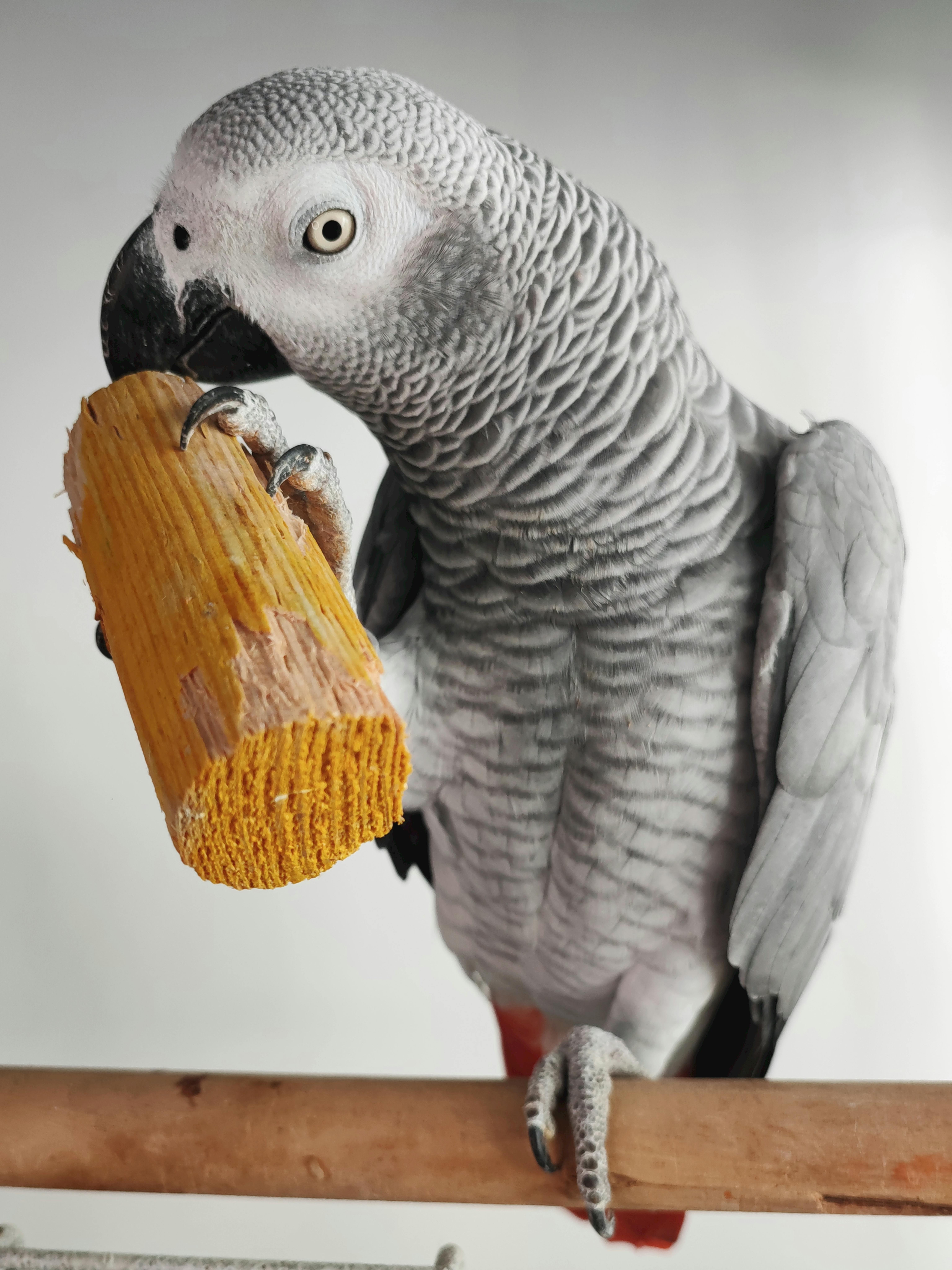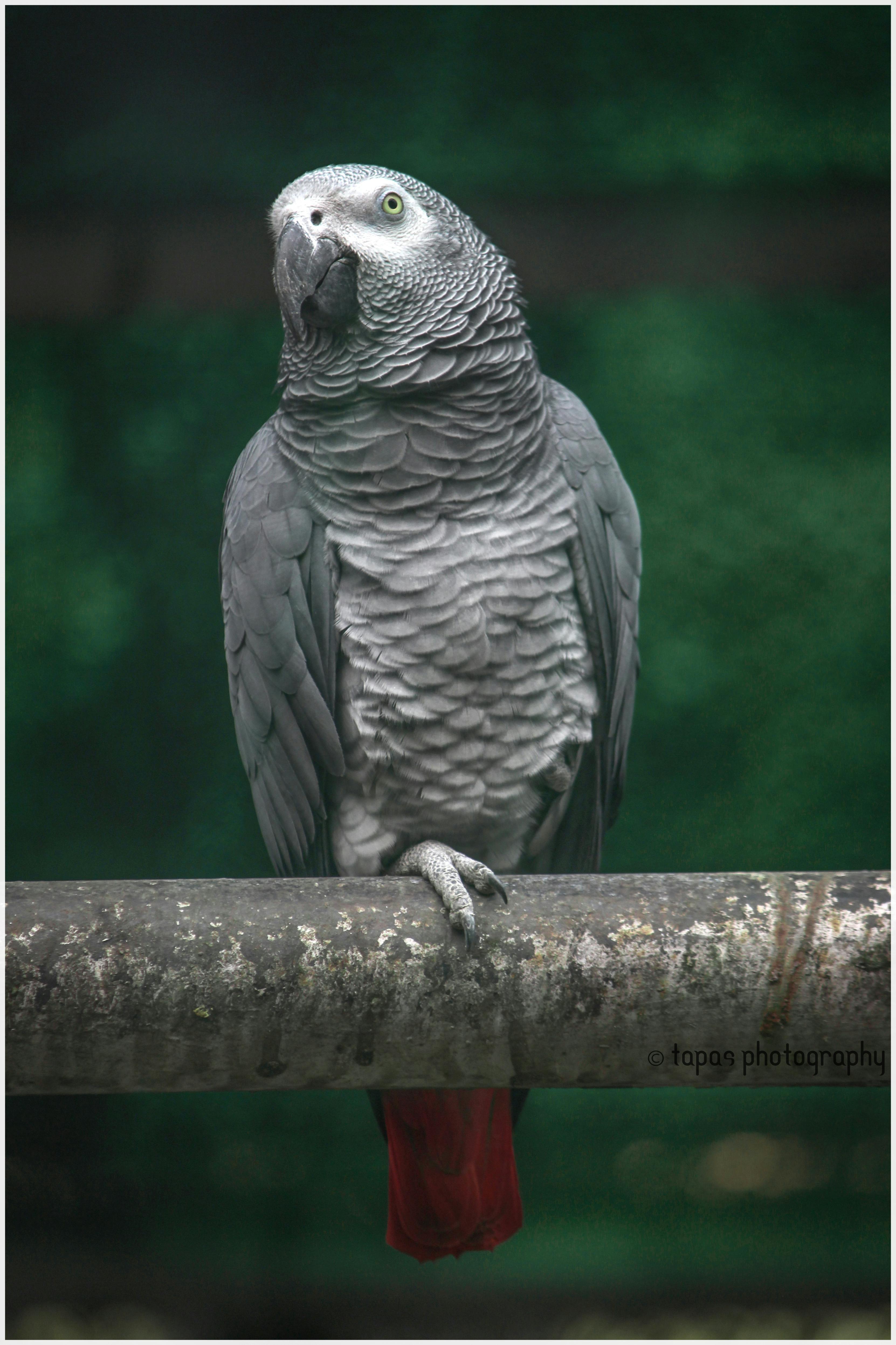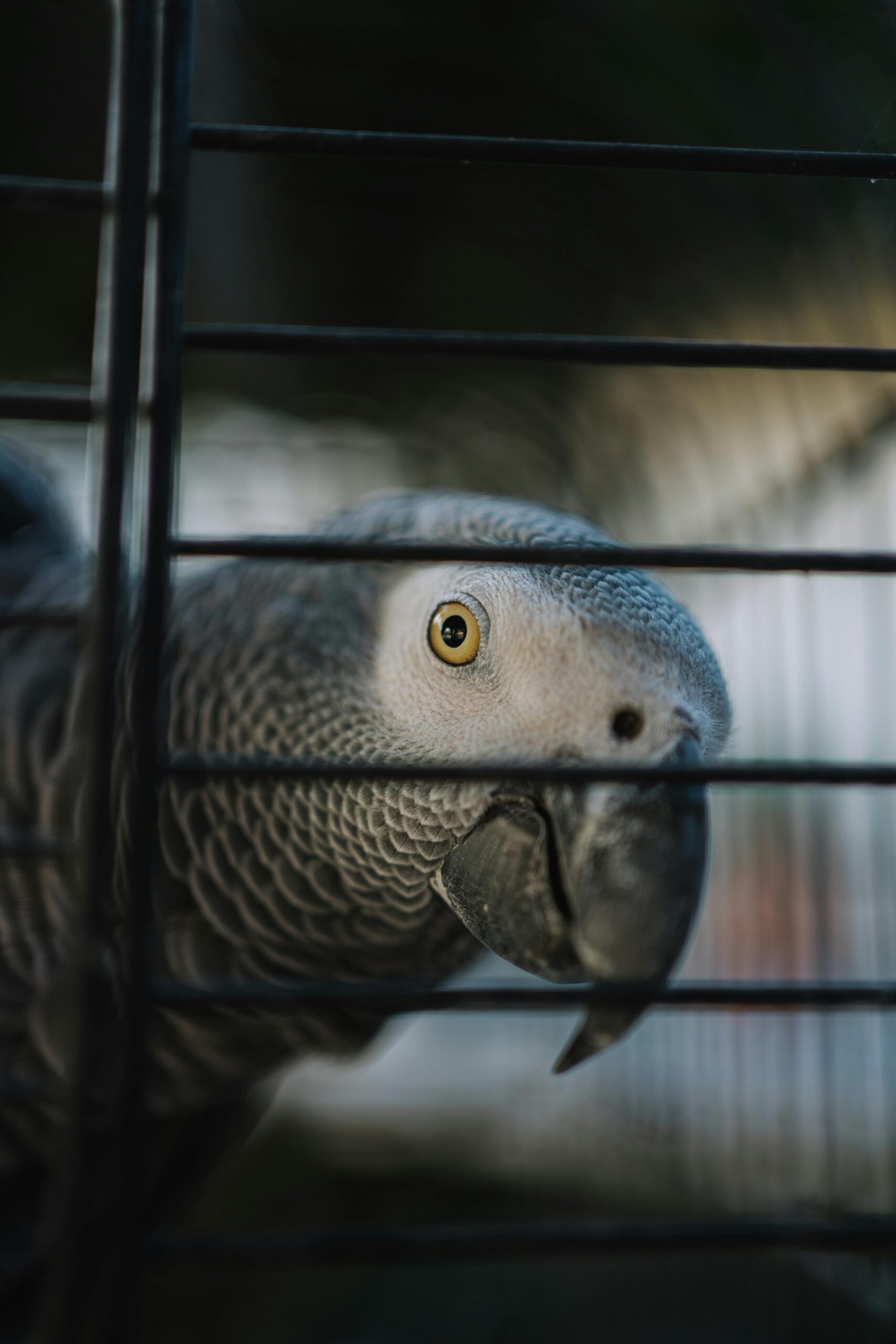Effective Ways to Train Your Gray Parrot for Better Communication in 2025
Gray parrots, particularly the African Grey Parrot, are renowned for their exceptional vocal abilities and cognitive intelligence. As pet owners, it’s crucial to foster effective communication with these intelligent parrots. Effective training can not only enhance your interactions but also strengthen your bond with your pet. In this article, we’ll explore various techniques that can help improve your gray parrot’s communication skills. You’ll discover the importance of parrot socialization, the right environment for learning, and the tools necessary for successful training.
In addition to practical training methods, we will cover the significance of understanding parrot behavior, the role of enrichment activities, and tips to ensure a happy and healthy life for your feathered friend. Whether you’re a new parrot owner or have experience with pet birds, the effective ways discussed in this article will provide insight into nurturing a well-communicating, engaging pet parrot.

As we dive into the realm of parrot training, you’ll find expert tips and practical examples that highlight the interaction between owners and their gray parrots, setting the stage for better communication. Our exploration will drive home key takeaways, ensuring you’re equipped to embark on your journey in parrot education.
Essential Insights into Gray Parrot Communication
Understanding the foundations of gray parrot communication is essential for effective training. This section will delve into the unique characteristics of gray parrots and their vocalization abilities, setting the groundwork for more advanced training techniques. Gray parrots are not just mimics; they possess the cognitive abilities to understand and respond contextually to various sounds and words.
The Unique Vocal Abilities of African Grey Parrots
African Grey Parrots are known for their remarkable ability to mimic human speech, making them one of the best talking parrot species. Their superior vocal skills stem from their intellectual prowess, enabling them to learn not just words but also phrases and sentences. Engaging their vocal abilities can significantly enhance the bonding experience with your pet.
Understanding Parrot Behavior and Communication
Communication goes beyond vocalization. Understanding parrot behavior is essential for recognizing your gray parrot’s needs and emotional states. This understanding helps parrot owners interpret sounds and body language effectively, allowing for responsive interactions. For instance, if your parrot puffs up its feathers or flaps its wings, it’s trying to express a particular emotion or state of mind.
The Role of Socialization in Parrot Communication
Socialization plays a crucial role in developing communication skills in parrots. By encouraging interaction with other birds and humans, you help your gray parrot expand its vocabulary and social skills. Local bird clubs or parrot forums can be excellent resources for finding opportunities for social interaction.
Building on these fundamentals, let’s explore practical ways to implement effective training techniques that enhance your parrot’s communication skills.
Top Training Techniques for Enhanced Parrot Communication
Implementing effective training techniques is vital for improving your gray parrot’s communication abilities. In this section, we will outline practical methods that you can employ at home, fostering a conducive environment for learning while deepening your bond with your pet.
Creating a Positive Learning Environment
Setting up a positive and stimulating environment is crucial in teaching your parrot. Ensure your gray parrot’s habitat is engaging, filled with toys and perches that encourage exploration. A safe habitat allows your parrot to socialize and practice vocalization freely. Incorporating interactive bird toys can stimulate your parrot’s cognitive skills and provide enrichment.
Utilizing Consistent Training Techniques
Consistency is key in parrot training. Using the same commands and encouraging frequent practice helps your pet grasp words and phrases more effectively. Incorporate training sessions into your daily routine, keeping them short and engaging to hold your parrot’s attention. For instance, reward your gray parrot with healthy treats each time it successfully mimics a word; this positive reinforcement solidifies their learning.
Encouraging Social Interactions with Your Parrot
Encouraging regular social interactions can significantly impact your gray parrot’s communication skills. Spending time with your pet while talking can help it learn and pick up on your vocal patterns. Engaging in one-on-one playtime will not only build trust but also encourage your gray parrot to vocalize more freely and frequently.
As we transition to the next section, remember that understanding your gray parrot’s individuality is crucial for successful training.
Understanding Individual Parrot Personalities for Better Training
Every gray parrot has its unique personality, which influences its learning and communication style. Recognizing these distinctions will guide your training approach, making it more effective and tailored specifically to your parrot.
Identifying Your Parrot’s Learning Style
Gray parrots exhibit diverse learning styles, affecting how they absorb new information. Some may prefer visual learning through demonstrations, while others might respond better to auditory cues. Observing your bird during training will help you identify its preferred learning style, allowing you to adapt your methods accordingly.
Building Strong Bonds through Trust and Understanding
Establishing trust is vital for successful training. Spend quality time with your parrot, understanding its preferences and behaviors. When your gray parrot feels secure in its environment and relationship with you, it becomes more receptive to learning and communication.
Tailoring Training Techniques by Personality Traits
Some gray parrots may be more talkative and social, while others prefer quiet environments. Tailor your training approach based on your parrot’s personality traits, ensuring lessons align with their comfort level. For example, if your parrot is shy, start with simple words and phrases to build confidence before moving onto more complex vocalizations.
Following this approach can lead us into the discussion on common challenges in parrot training and how to address them effectively.
Addressing Common Challenges in Parrot Training
Training a gray parrot presents unique challenges that every owner may encounter. Being prepared to address these hurdles is essential for achieving success in communication training. This section will outline some common issues and how to tackle them effectively.
Dealing with Reluctance to Speak
Some gray parrots might show reluctance to vocalize due to shyness or anxiety. To overcome this, create a comfortable environment and gradually introduce new words during calm moments. Use consistent encouragement and positive reinforcement, including verbal praise and preferred treats, to coax your parrot into participating in vocal practice.
Managing Attention-Seeking Behaviors
Some parrots might resort to vocalizing excessively to gain attention. If your gray parrot engages in this behavior, it’s important to reinforce desired behaviors instead. Ignore attention-seeking calls and provide verbal attention only when your parrot speaks the desired words or phrases, helping it learn the difference between appropriate and inappropriate communication.
Coping with Environmental Distractions
A noisy environment may hinder your parrot’s learning process. To improve focus, schedule training sessions in quieter surroundings. Limiting distractions allows your gray parrot to concentrate and better absorb the training material.
With these challenges addressed, let’s explore the fun aspect of parrot training through engaging enrichment activities.
Enrichment Activities to Enhance Parrot Communication
Creative enrichment activities play an essential role in developing your gray parrot’s communication skills. This section will explore various engaging activities that promote interaction and offer stimulating challenges designed to keep your pet entertained and mentally sharp.
Interactive Games for Cognitive Development
Interactive games can enhance cognitive skills while reinforcing communication training. Use puzzle toys that require your parrot to understand specific cues, combining entertainment with learning. Challenge your gray parrot to find hidden treats or use sound-based toys that promote vocal attempts and mimicry.
Daily Playtime for Communication Practice
Incorporate daily playtime into your routine to strengthen the bond with your gray parrot. During these interactions, focus on tasks that require your parrot to vocalize, such as asking questions and encouraging responses. A playful atmosphere inspires your parrot to mimic sounds and words with enthusiasm.
Creative Storytelling Techniques
Storytelling using varied tones and expressions can inspire your gray parrot to engage actively in communication. Use plush toys or props to act out stories, encouraging your parrot to vocalize at key moments. This imaginative approach fosters creativity while significantly enhancing your parrot’s ability to communicate.
Building on these engagement techniques, it’s time to address common questions that parrot owners might have about training and communication.
FAQs About Training Gray Parrots
How long does it take for a gray parrot to learn to talk?
The timeline for learning to talk varies by individual parrot but can take from a few weeks to several months, depending on the frequency and consistency of practice. Providing consistent exposure to language and positive reinforcement can speed up the learning process.
What are some effective words to teach my gray parrot first?
Start with simple and commonly used words like “hello,” “pizza,” or “bye-bye.” These words are practical and easy for your gray parrot to mimic and associate with specific situations.
Can a gray parrot learn to say phrases or only words?
African Grey Parrots have the intelligence to learn phrases and complex sentences. However, starting with single words is recommended before gradually expanding to phrases as they become more comfortable with vocalization.
These effective training methods can lead to improved communication and a deeper bond with your gray parrot. Understanding their needs, providing a positive environment, and maintaining consistent interaction are vital for developing excellent communication skills. Keep in mind that the journey of training your gray parrot is both rewarding and enjoyable.

For further exploration of parrot care and training, consider reviewing these additional resources: Effective Tips for Parrot Care and Understanding Parrot Behavior and Vocalization.
